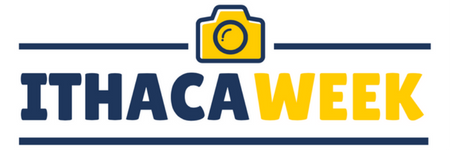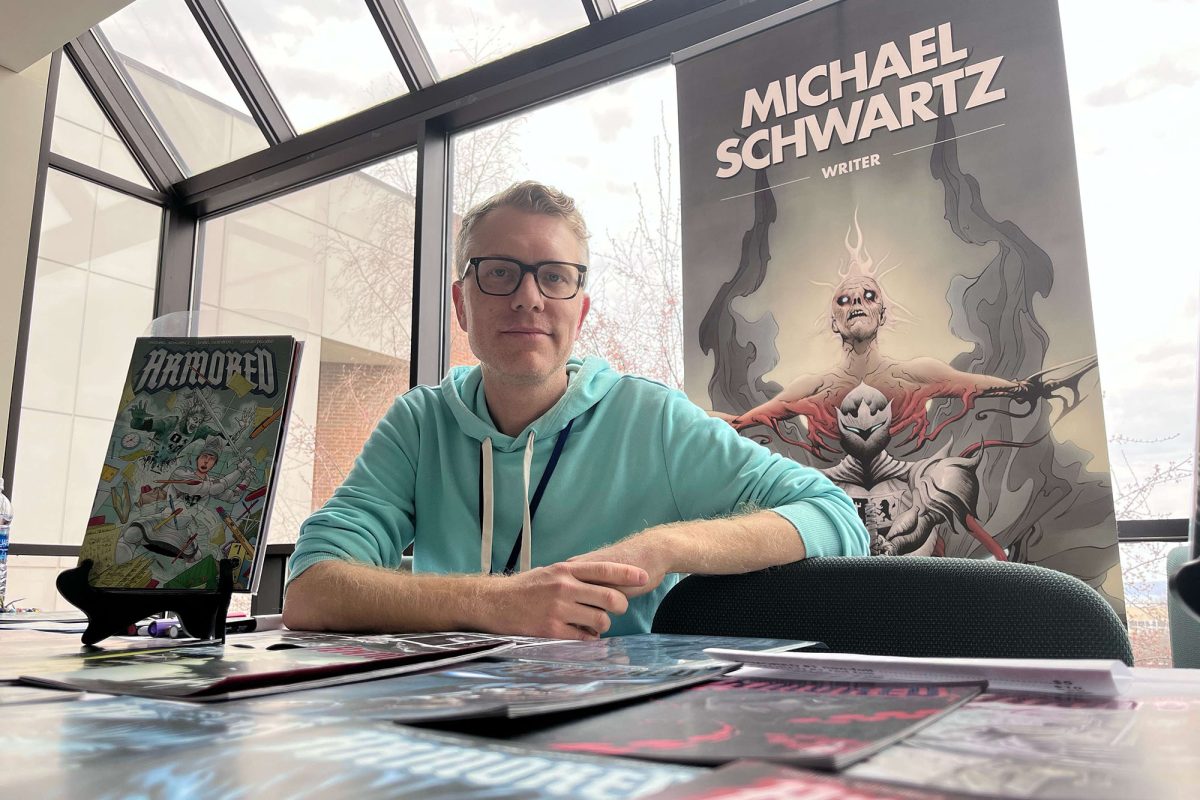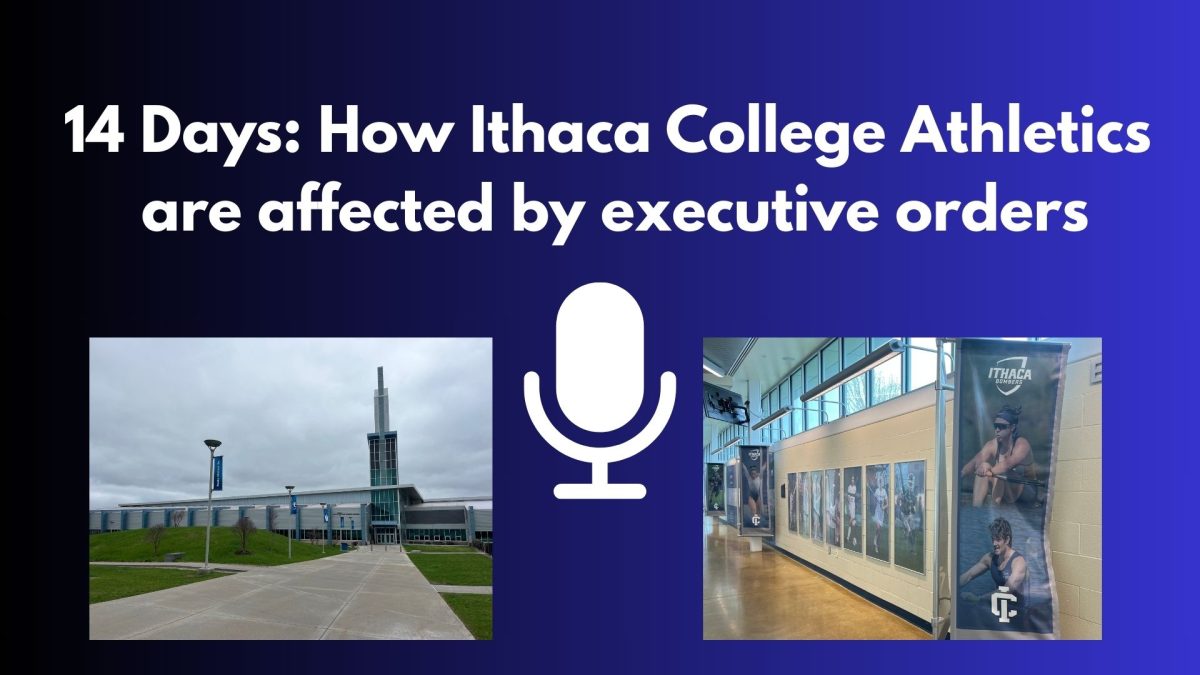Cornell University’s Library has opened a new exhibition to commemorate the sesquicentennial of the University’s founding which will be next April.
The exhibition, titled ‘150 Ways to Say Cornell’, is a display of an ongoing collection of manuscripts and records that date back to the signing of the school’s charter on April 27, 1865, and will feature a copy of Cornell’s charter, original building plans, the first ever telegraph receiver and other documents and works related to the school’s history.
“The history of Cornell University starts with the library,” Lance Heidig, librarian for the Division of Rare and Manuscript Collections, said. “Before there was Cornell University, there was a library. [Ezra] Cornell has this money, he wants to do something for the City of Ithaca, he builds a public library. He realizes he has a lot more money and can do a lot more.”
The narrative the exhibition will attempt to convey is based on the ideals presented by the University’s co-founders Ezra Cornell and Andrew Dickson White. That narrative will be reflected in the themed displays throughout the exhibition. There are displays dedicated to the University’s non-sectarian founding, sports, student life and more.
“Practical would be a word that Ezra Cornell would use a lot,” Heidig said. “The idea of agricultural education so that farmers would know how to develop their crops and mechanical arts and engineering, these skills that could be put to good use but combining that with a good liberal arts education.”
The exhibition was set in motion early this year. The organizers met weekly starting in July to hammer out the details. Elaine Engst, Cornell University’s archivist for the Division of Rare and Manuscript Collections, said she wanted the organizers to find visually appealing material that would speak to the exhibit’s narrative.
“We really went through it case-by-case,” Engst said. “We came up with ideas, ran it through people, pulling the material, setting out the case and seeing what went together, what was really interesting but really boring. Nobody would care, even though it was great.”
One of the major themes in the exhibit focuses on Ezra Cornell’s belief in co-education that was at the core of the university’s findings.
“Just our mission statement is pretty fantastic,” Eileen Keating, the university’s record manager and part-time professor in the Department of Ecology, said.” I think today nobody would bat an eye, but you have to remember the time. In the 1800s, the fact that we were encouraging people of all faiths, people of all diversities and women makes it unusual, and being proud of that history is part of the message.”
[topswf swf=’https://www.ithacaweek-ic.com/wp-content/uploads/2014/11/araos_derderian_culture.swf’ width=’550′ height=’239′ quality=’best’ wmode=’transparent’ scale=’default’ flashvars=” allowfullscreen=’false’]
The exhibit will also celebrate other important events in American history that occurred around the same time as the signing of Cornell’s Charter, such as the signing of the 13th Amendment and the End of the Civil War. Those major events are helping put the university’s founding in perspective with society in that era.
“In the spring of 1865, the country had other things on their mind than what was going on in Albany,” Engst said. “We want to reflect that, so we’ll be moving some of the cases around, and they’ll probably be an event in February about the [signing of] the 13th amendment.”
The anniversary of the college’s opening of classes was in the fall of 1868, something Engst said could be confusing. Because the founding of the charter and the launch of the university’s academic programs came years apart, the actual anniversary celebration has fluctuated between the date of Cornell’s first graduating class and the signing of its Charter, Engst said.
“In the past when the University did its semicentennial in 1919, but they intended to do it in 1918,” she said “That one they chose the 1868 date. For the centennial, they did it in 1965, and the same thing was done in 1990 when they celebrated 125 years.”
The exhibition will remain open Monday-Friday from 9 a.m. to 5 p.m. and will run until the end of September 2015.



















